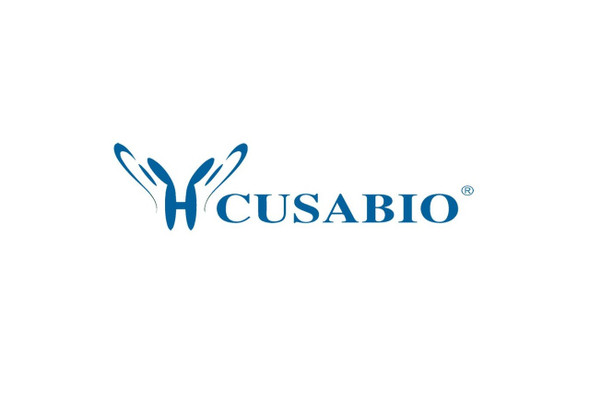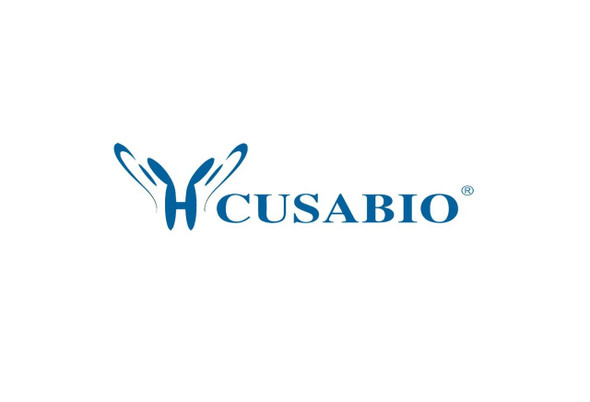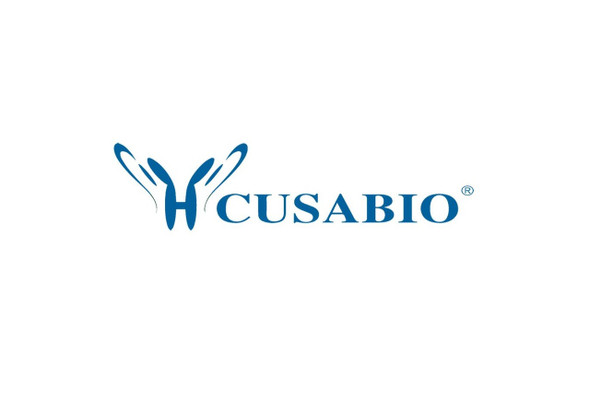Cusabio Human Recombinants
Recombinant Human Centromere protein F (CENPF), partial | CSB-BP005210HU
- SKU:
- CSB-BP005210HU
- Availability:
- 28 - 38 Working Days
Description
Recombinant Human Centromere protein F (CENPF), partial | CSB-BP005210HU | Cusabio
Alternative Name(s): AH antigen Kinetochore protein CENPF Mitosin
Gene Names: CENPF
Research Areas: Epigenetics and Nuclear Signaling
Organism: Homo sapiens (Human)
AA Sequence: AIQGRNESCDISKEHTSETTERTPKHDVHQICDKDAQQDLNLDIEKITETGAVKPTGECSGEQSPDTNYEPPGEDKTQGSSECISELSFSGPNALVPMDFLGNQEDIHNLQLRVKETSNENLRLLHVIEDRDRKVESLLNEMKELDSKLHLQEVQLMTKIEACIELEKIVGELKKENSDLSEKLEYFSCDHQELLQRVETSEGLNSDLEMHADKSSREDIGDNVAKVNDSWKERFLDVENELSRIRSEKASIEHEALYLEADLEVVQTEKLCLEKDNENKQKVIVCLEEELSVVTSERNQLRGELDTMSKKTTALDQLSEKMKEKTQELESHQSE
Source: Baculovirus
Tag Info: N-terminal MBP-tagged and C-terminal 6xHis-tagged
Expression Region: 1663-1997aa
Sequence Info: Partial
MW: 82.2 kDa
Purity: Greater than 85% as determined by SDS-PAGE.
Relevance: Required for kinetochore function and chromosome segregation in mitosis. Required for kinetochore localization of dynein, LIS1, NDE1 and NDEL1. Regulates recycling of the plasma membrane by acting as a link between recycling vesicles and the microtubule network though its association with STX4 and SNAP25. Acts as a potential inhibitor of pocket protein-mediated cellular processes during development by regulating the activity of RB proteins during cell division and proliferation. May play a regulatory or permissive role in the normal embryonic cardiomyocyte cell cycle and in promoting continued mitosis in transformed, abnormally dividing neonatal cardiomyocytes. Interaction with RB directs embryonic stem cells toward a cardiac lineage. Involved in the regulation of DNA synthesis and hence cell cycle progression, via its C-terminus. Has a potential role regulating skeletal myogenesis and in cell differentiation in embryogenesis. Involved in dendritic cell regulation of T-cell immunity against chlamydia.
Reference: "CENP-F is a protein of the nuclear matrix that assembles onto kinetochores at late G2 and is rapidly degraded after mitosis." Liao H., Winkfein R.J., Mack G., Rattner J.B., Yen T.J. J. Cell Biol. 130:507-518(1995)
Storage: The shelf life is related to many factors, storage state, buffer ingredients, storage temperature and the stability of the protein itself. Generally, the shelf life of liquid form is 6 months at -20?/-80?. The shelf life of lyophilized form is 12 months at -20?/-80?.
Notes: Repeated freezing and thawing is not recommended. Store working aliquots at 4? for up to one week.
Function: Required for kinetochore function and chromosome segregation in mitosis. Required for kinetochore localization of dynein, LIS1, NDE1 and NDEL1. Regulates recycling of the plasma membrane by acting as a link between recycling vesicles and the microtubule network though its association with STX4 and SNAP25. Acts as a potential inhibitor of pocket protein-mediated cellular processes during development by regulating the activity of RB proteins during cell division and proliferation. May play a regulatory or permissive role in the normal embryonic cardiomyocyte cell cycle and in promoting continued mitosis in transformed, abnormally dividing neonatal cardiomyocytes. Interaction with RB directs embryonic stem cells toward a cardiac lineage. Involved in the regulation of DNA synthesis and hence cell cycle progression, via its C-terminus. Has a potential role regulating skeletal myogenesis and in cell differentiation in embryogenesis. Involved in dendritic cell regulation of T-cell immunity against chlamydia.
Involvement in disease: Stromme syndrome (STROMS)
Subcellular Location: Cytoplasm, perinuclear region, Nucleus matrix, Chromosome, centromere, kinetochore, Cytoplasm, cytoskeleton, spindle
Protein Families: Centromere protein F family
Tissue Specificity:
Paythway:
Form: Liquid or Lyophilized powder
Buffer: If the delivery form is liquid, the default storage buffer is Tris/PBS-based buffer, 5%-50% glycerol. If the delivery form is lyophilized powder, the buffer before lyophilization is Tris/PBS-based buffer, 6% Trehalose, pH 8.0.
Reconstitution: We recommend that this vial be briefly centrifuged prior to opening to bring the contents to the bottom. Please reconstitute protein in deionized sterile water to a concentration of 0.1-1.0 mg/mL.We recommend to add 5-50% of glycerol (final concentration) and aliquot for long-term storage at -20?/-80?. Our default final concentration of glycerol is 50%. Customers could use it as reference.
Uniprot ID: P49454
HGNC Database Link: HGNC
UniGene Database Link: UniGene
KEGG Database Link: KEGG
STRING Database Link: STRING
OMIM Database Link: OMIM









